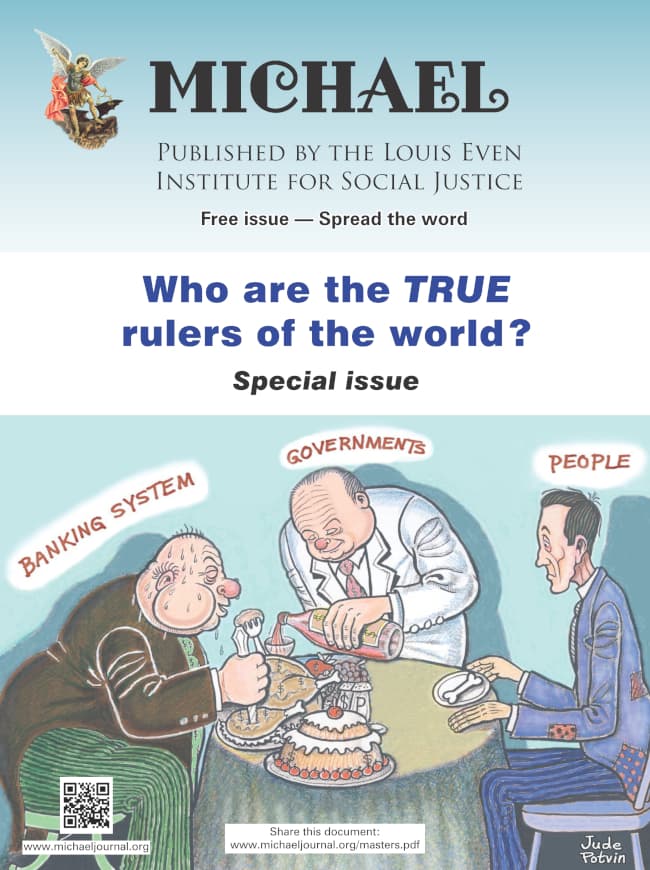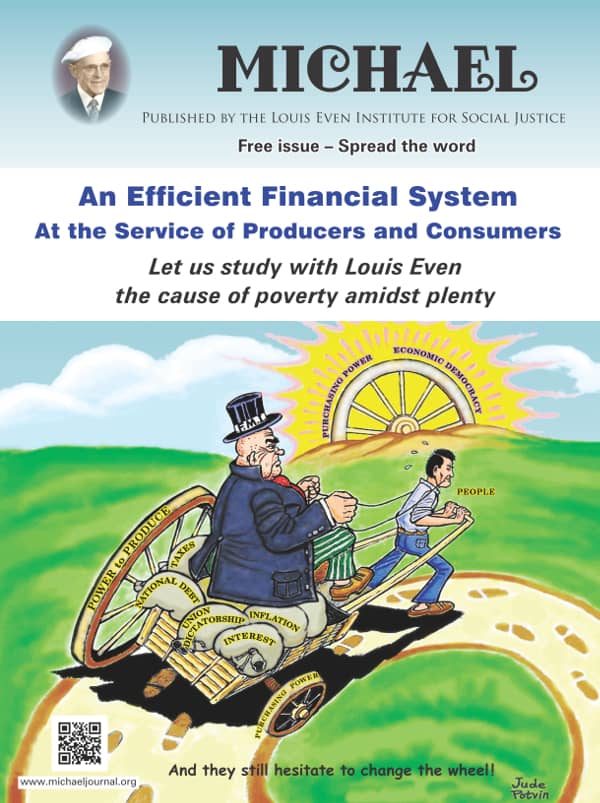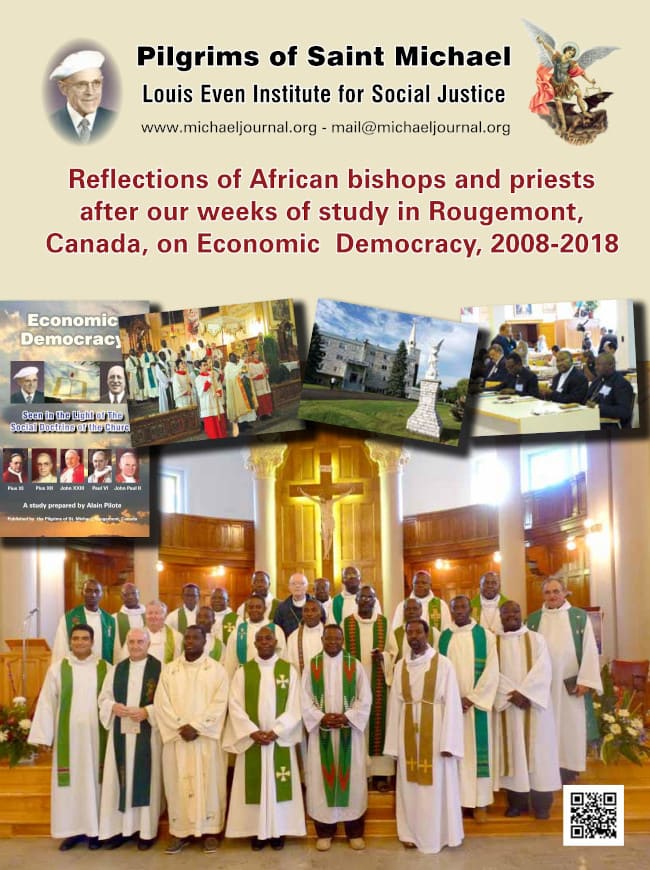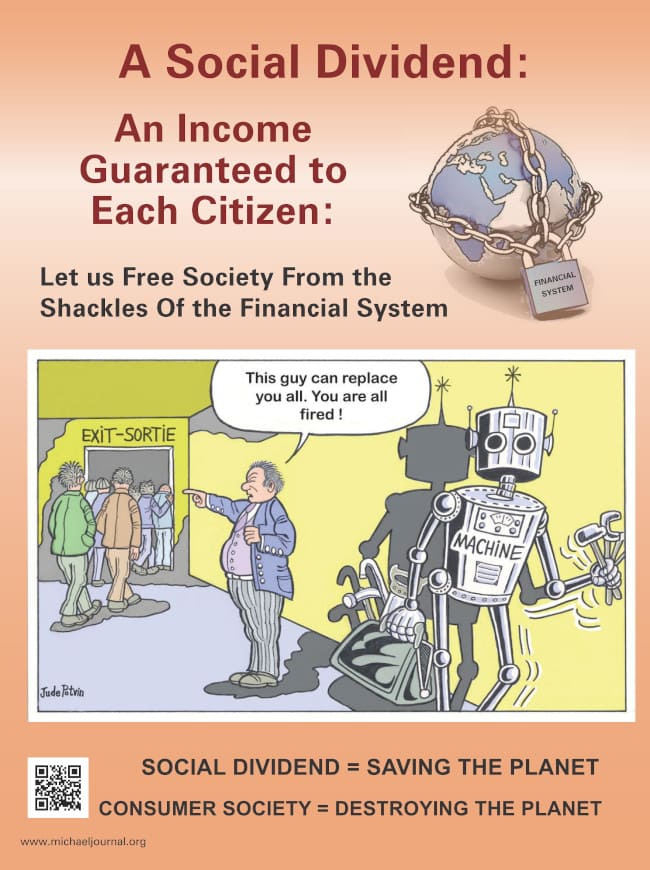If we wish to rediscover in all its richness the profound relationship between the Church and the Eucharist, we cannot neglect Mary, Mother and model of the Church. In my Apostolic Letter Rosarium Virginis Mariae, I pointed to the Blessed Virgin Mary as our teacher in contemplating Christ's face, and among the mysteries of light, I included the institution of the Eucharist. Mary can guide us towards this most holy sacrament, because She Herself has a profound relationship with it.
In a certain sense Mary lived Her Eucharistic faith even before the institution of the Eucharist, by the very fact that She offered Her virginal womb for the Incarnation of God's Word. The Eucharist, while commemorating the passion and resurrection, is also in continuity with the incarnation. At the Annunciation, Mary conceived the Son of God in the physical reality of His body and blood, thus anticipating within Herself what to some degree happens sacramentally in every believer who receives, under the signs of bread and wine, the Lord's body and blood.
As a result, there is a profound analogy between the Fiat which Mary said in reply to the angel, and the Amen which every believer says when receiving the body of the Lord. Mary was asked to believe that the One whom She conceived “through the Holy Spirit” was “the Son of God” (Lk 1:30-35). In continuity with the Virgin's faith, in the Eucharistic mystery we are asked to believe that the same Jesus Christ, Son of God and Son of Mary, becomes present in His full humanity and divinity under the signs of bread and wine.
“Blessed is She who believed” (Lk 1:45). Mary also anticipated, in the mystery of the incarnation, the Church's Eucharistic faith. When, at the Visitation, She bore in Her womb the Word made flesh, She became in some way a “tabernacle”— the first “tabernacle” in history — in which the Son of God, still invisible to our human gaze, allowed Himself to be adored by Elizabeth, radiating His light as it were through the eyes and the voice of Mary. And is not the enraptured gaze of Mary as She contemplated the face of the newborn Christ and cradled Him in Her arms that unparalleled model of love which should inspire us every time we receive Eucharistic communion? (...)
The dignity of the Eucharistic Celebration |
Conclusion |
 In this special issue of the journal, MICHAEL, the reader will discover who are the true rulers of the world. We discuss that the current monetary system is a mechanism to control populations. The reader will come to understand that "crises" are created and that when governments attempt to get out of the grip of financial tyranny wars are waged.
In this special issue of the journal, MICHAEL, the reader will discover who are the true rulers of the world. We discuss that the current monetary system is a mechanism to control populations. The reader will come to understand that "crises" are created and that when governments attempt to get out of the grip of financial tyranny wars are waged. An Efficient Financial System, written by Louis Even, is for the reader who has some understanding of the Douglas Social Credit monetary reform principles. Technical aspects and applications are discussed in short chapters dedicated to the three propositions, how equilibrium between prices and purchasing power can be achieved, the financing of private and public production, how a Social Dividend would be financed, and, finally, what would become of taxes under a Douglas Social Credit economy. Study this publication to better grasp the practical application of Douglas' work.
An Efficient Financial System, written by Louis Even, is for the reader who has some understanding of the Douglas Social Credit monetary reform principles. Technical aspects and applications are discussed in short chapters dedicated to the three propositions, how equilibrium between prices and purchasing power can be achieved, the financing of private and public production, how a Social Dividend would be financed, and, finally, what would become of taxes under a Douglas Social Credit economy. Study this publication to better grasp the practical application of Douglas' work.  Reflections of African bishops and priests after our weeks of study in Rougemont, Canada, on Economic Democracy, 2008-2018
Reflections of African bishops and priests after our weeks of study in Rougemont, Canada, on Economic Democracy, 2008-2018 The Social Dividend is one of three principles that comprise the Social Credit monetary reform which is the topic of this booklet. The Social Dividend is an income granted to each citizen from cradle to grave, with- out condition, regardless of employment status.
The Social Dividend is one of three principles that comprise the Social Credit monetary reform which is the topic of this booklet. The Social Dividend is an income granted to each citizen from cradle to grave, with- out condition, regardless of employment status.Rougemont Quebec Monthly Meetings
Every 4th Sunday of every month, a monthly meeting is held in Rougemont.